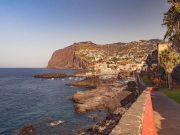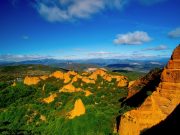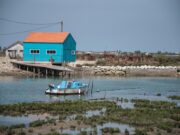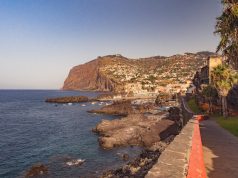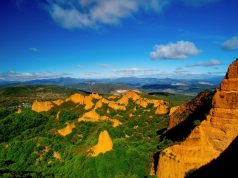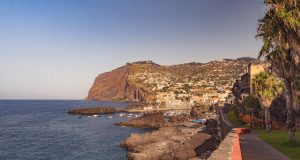For anyone who enjoys experiencing wildlife at its most raw, exotic, diverse and majestic, the Indonesian archipelago has it all. Visiting the regions of Samatra and Borneo and islands like Papua brings the opportunity to come face to face with rare and endangered species including Rhinos, Tigers and Orangutans, as well as many beautiful birds, including the famous bird of paradise. And all against the backdrop of stunning rainforests, epic mountain vistas and plunging valleys.
If you’re planning a trip to Indonesia you’ll need to do some research to find the best locations to travel to where you can witness the best the region has to offer. Our short guide will help you pin point a few of the highlights of any stay in the region.
Sumatran Tigers in the Way Kambas National Park
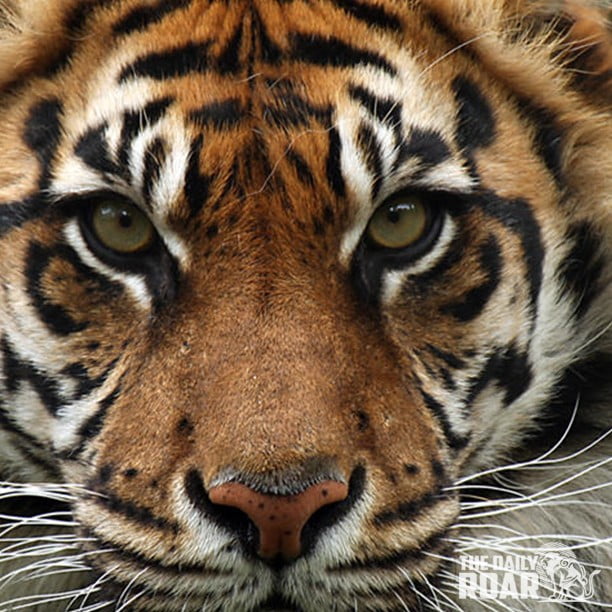
Seeing the endangered Sumatran Tiger is a must if you are visiting Indonesia to see the wildlife. This beautiful creature can be found living freely in a number of locations, including the excellent Way Kambas National Park which is also home to Sumatran Elephants and Rhinos. The stunning scenery of the park – it is located adjacent to the famous Krakatau volcano and the Way Kambas river – spreads out across 1,300 km squared of land and is home to an amazing array of animals, including 406 species of bird. But it is the Tiger that is surely the most compelling of reasons to visit.
Make sure you book a guide to give yourself the best chance of seeing these rare animals.
Forests and Mountains in Tangkoko
Some of the most stunning treks in all of Indonesia can be found in the mountainous rainforests of the northern islands. Journeying deep into the heart of these areas gives travellers the chance to experience nature at its rawest. The kind of relaxing background vibes in this online game were inspired by the Indonesian rainforests – that chilled music is reminiscent of the jungle at early evening or first thing in the morning as it comes to life. At Tangkoko Batuangus National Park in Northern Indonesia you can find astonishing densities of fauna and flora, as well as hundreds of rare species of mammals, and birds. There is also the famous Tarsier monkey, a tiny primate the size of a man’s hand.
Orangutans in Tanjung Puting National Park
Another vital part of any trip to see Indonesian wildlife must be the Tanjung Puting National Park where you can see the fascinating Orangutans who are looked after by the conservationists of the Camp Leakey preserve. Journeying up the rivers of the area can feel a little like scenes from Gold, the 2016 movie starring Matthew McConaughey as prospector Kenny Wells whose search for precious ore led him to serious misadventure. The search for orangutans should be less taxing however, as tour guides will know where to take you to find them and get up close and personal. Don’t miss this experience if you are in the region.
Mangroves and Forests in Java
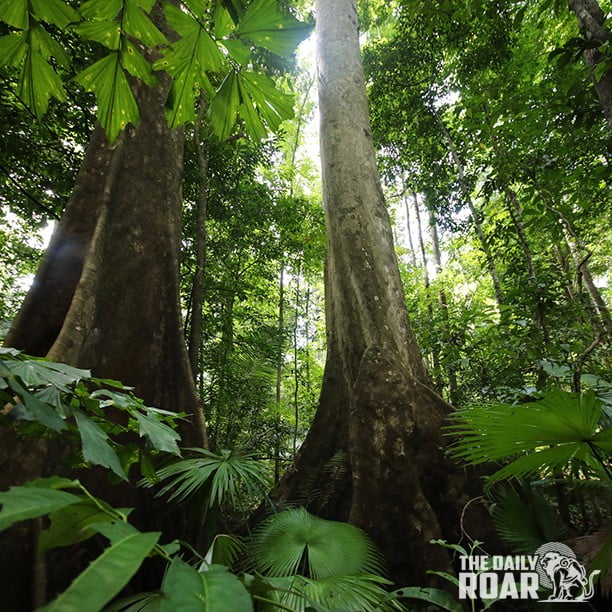
If your travels take you to Java then the Alas Purwo National Park is a must see. Its sheer range of scenery makes it a hugely popular part of Indonesia. Here you’ll find mangrove swamps, forests, stunning beaches and grassland savannahs. It is also an area known for providing a deep spiritual experience and is visited by many during the Javanese new year.
Javan Rhinos in the UNESCO Heritage Site
Our last recommendation is the Ujung Kulon National Park in Java. Also adjacent to the Krakatau Volcano, this UNESCO World Heritage site features epic rainforests and its highlight is the Javan Rhino. You’ll have to be patient to see one however, as there are, by estimation, just 60 left, and they are by nature shy and nocturnal. The near-extinct status of this species just goes to underline the critical importance of conservation in the area and the privileged position of anyone who gets to witness this wildlife in its natural environment.
Wherever you decide to travel to in Indonesia, make sure you plan your trip well, pack the necessary clothes and protections against the environment, and book a good guide to make sure you travel safely and with the best chance to see everything the region has to offer.


